THE ULTIMATE GUIDE TO METHYLENE BLUE









Methylene Blue is called an electron cycler. At doses up to 3mg/kg, it acts both as an electron donor to the electron transport chain in your mitochondria and as an electron acceptor of free electrons from reactive oxygen and nitrogen species (i.e. works like an antioxidant, an antioxidant as powerful or possibly even more powerful than glutathione). There are very few compounds that cycle electrons as effectively as MB.
In addition, methylene blue also increases cytochrome oxidase (complex IV) function in your mitochondria and drives increased glucose consumption. The latter occurs because the mitochondria are making more energy and needs more substrate to supply electrons to the electron chain. Less you forget that THE major reason we need to eat is to supply our mitochondria with electrons!
While increasing glucose consumption and energy production, MB also increases the supply of NAD+ whether there is oxygen around or not.

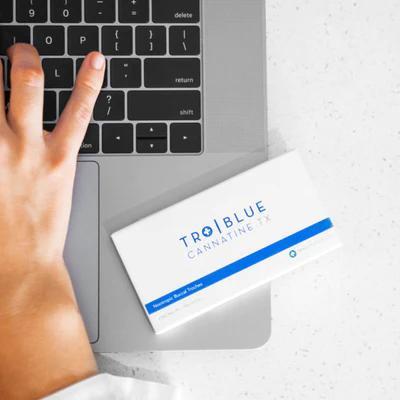
rich blood to the area of increased glucose consumption.
For those nerds amongst us (we are guilty), because MB can enhance complex IV function and NAD+ supply, it canbypasses potentially dysfunctional mitochondrial complexes I and II. This is a big deal and a major reason why MB works to reverse or compensate for mitochondrial damage.


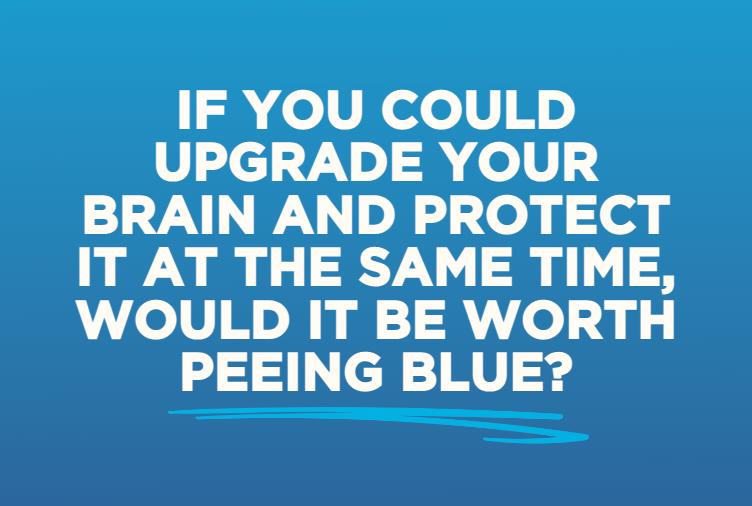
How about if this same compound, depending on the dose, was an antimicrobial (possibly even against those pesky coronaviruses), an antidepressant, and a potential treatment for both neurodegenerative diseases (Alzheimer’s, Parkinson’s, etc) and cancer?
If so, read on and get ready to #blueyourself because today we are taking a deep dive into the history, science, and massive potential of Methylene Blue (MB).

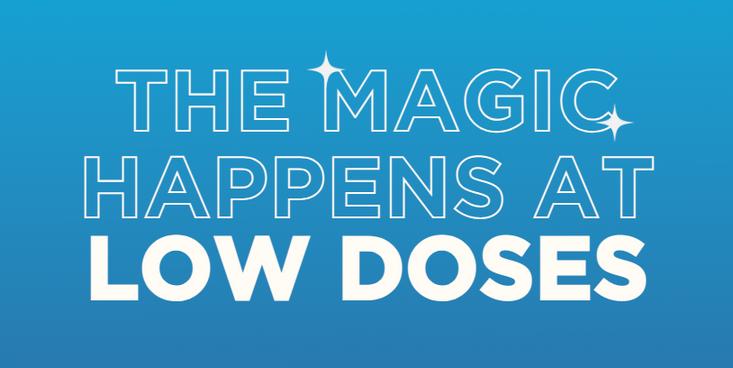
Methylene Blue is an electron cycler. At low doses (0.5 to 4mg/kg in most studies), MB accepts electrons. At higher doses, MB donates electrons. After absorption in the buccal mucosa (e.g. in a troche), oral ingestion, or IV administration, MB concentrates in tissues with the most mitochondria (e.g the brain where it readily crosses the bloodbrain barrier, the heart, muscles, the liver, and kidneys).
It is at low doses that Methylene Blue makes (blue) magic happen.


3
MB acts just like oxygen in the mitochondria. t accepts electrons at the electron transport chain (ETC) and increases ATP production. This effect can occur in the presence or absence of oxygen. Forgot how the ETC works? Watch this video (start at one min.).
Enhances the function of cytochrome oxidase (complex IV), making it work faster and more efficiently. This leads to increased oxygen consumption and increased ATP production, especially in the most metabolically active cells like the nerve cells n memory regions of the brain!
Stimulates glucose metabolism in conditions without oxygen and increases the amount of NAD + produced by mitochondria. The greater amount of NAD+, the younger your cells remain/become due to sirtuin activation (see David Sinclair’s book Lifespan for more nformation). 1 2


MB may also function as a cholinesterase nhibitor, increasing the amount of acetylcholine available, a neurotransmitter in the brain responsible for arousal, attention, memory, and motivation.
MB, combined with certain spectrums of light (UV, primarily) may be anti-infective against viruses
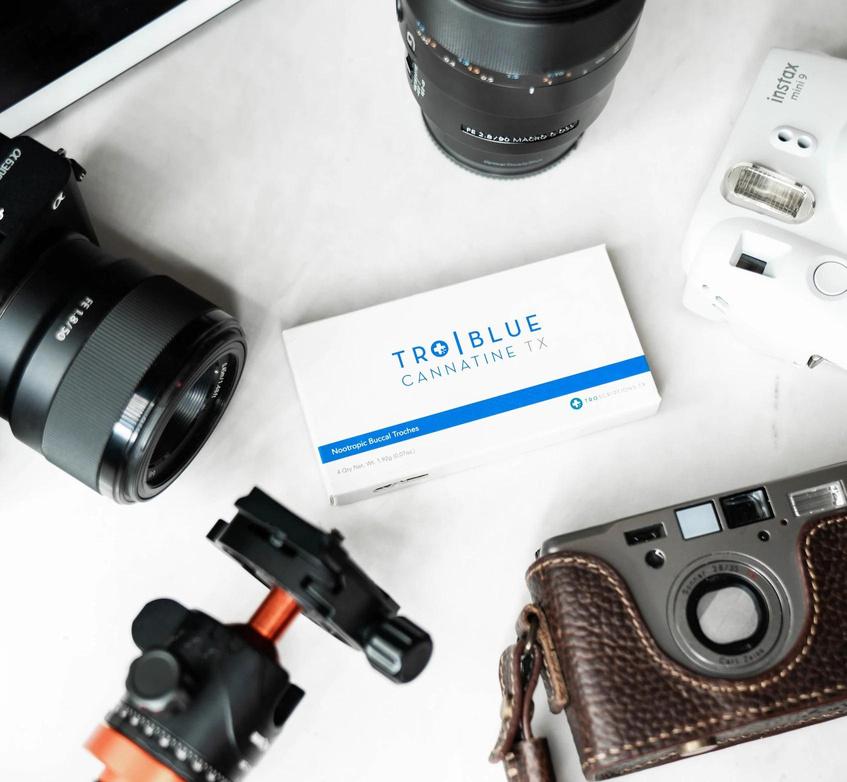

n red blood cells, MB changes the configuration of the iron (heme) in hemoglobin, the molecule in a red blood cell that carries oxygen. This improves the oxygen-carrying capacity of hemoglobin which leads to increased ATP production from the ETC.
MB also has antidepressant effects, functioning as a monoamine oxidase (MAO) nhibitor. Inhibiting MAO prevents monoamine neurotransmitter breakdown (dopamine, melatonin, and serotonin) which 7 8
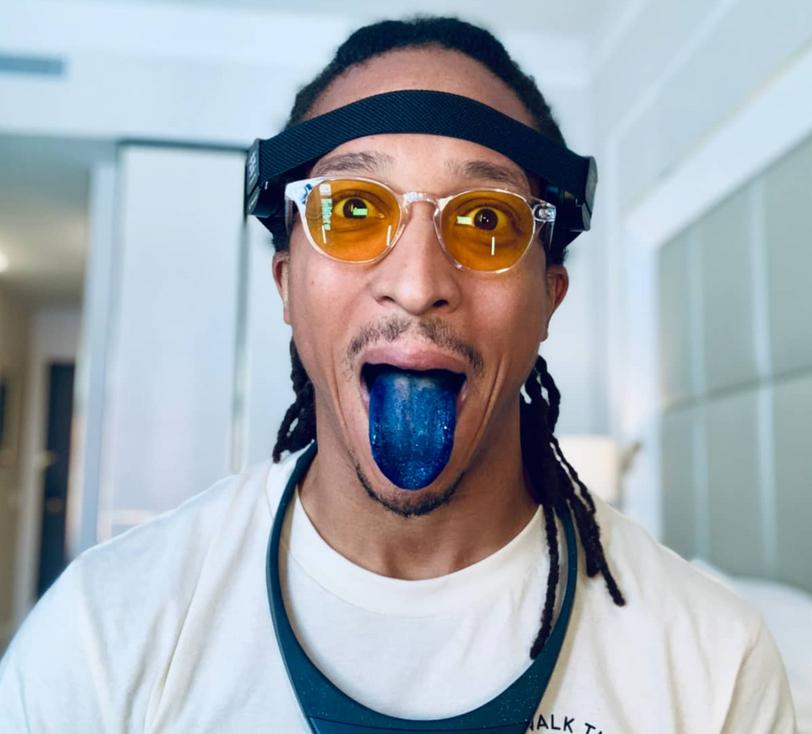

Methylene blue was first produced in 1876 by German chemist Heinrich Caro for use as a synthetic dye in the textile industry. Fun fact: it was the way blue jeans were initially made their blue color!
However, later in the 1800s, scientists Robert Koch and Paul Ehrlich discovered its use as an antimicrobial agent and it subsequently became the first synthetic compound to be administered to humans to treat malaria. Methylene blue was then dubbed the “first fully synthetic drug used in medicine”.
Prior to the invention of antimicrobials (antibiotics, antifungals, etc) in the 1950s, Methylene blue was also commonly used in humans to treat urinary tract infections, fungal infections (including trench foot during WWII), bacterial infections, and as an antiseptic.
After antimicrobials were invented, however, methylene blue fell out of favor in humans (mostly due to its blueness, let’s be honest) except in several emergency situations such as in a condition called methemoglobinemia.

However, while human use was waning, it quickly became the anti-infective of choice for aquariums where to this day, it helps to diagnose and treat conditions such as egg fungus, nitrate poisoning, ammonia poisoning, velvet, stress, ick, and swim bladder disorder.
There are thousands of fish tank cleaning products that do, in fact, contain methylene blue…but should you drink it? Hell no! Here’s why.
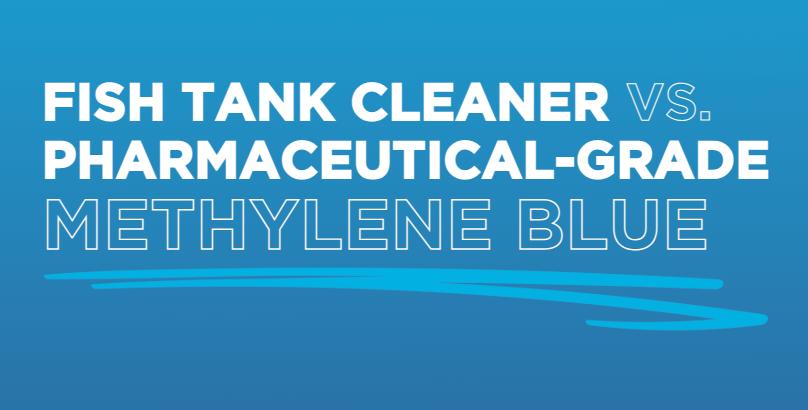
There is a huge difference between the quality of methylene blue used in fish tank cleaners and pharmaceutical-grade methylene blue. Fish tank methylene blue is not only diluted down with water to around 2% purity, but it also contains a lot of impurities and heavy metals such as arsenic, aluminum, cadmium, and lead. Industrial and chemical grade methylene blue can also consist of up to 11% impurities as well.

The safest methylene blue for human consumption is USP (pharmaceutical grade) methylene blue. However, even USP-grade methylene blue can contain the aforementioned impurities. This is why it’s important that the methylene blue that you are consuming comes with documentation of purity and potency along with a USP designation (Hint: This is what we do at Troscriptions!).
Did you know that there are four practicing physicians on the Troscriptions team? And that all were emphatic that we a) source USP-grade methylene blue and b) that we tested the MB again with an independent lab for purity and potency before using it in our products?
This is why the launch of our company was delayed by almost a year…it took us 9 months in 2019 to find a reliable source of MB that fit our criteria!
And it’s just not just MB that we dare about. All the products that we make at Troscriptions are precision dosed, pharmaceutical grade, and physician formulated (+ clinically tested).

In addition, all of our products are manufactured in a (G)ood (M)anufacturing (P)ractice facility under the supervision of a compounding pharmacist with 30 years of experience.
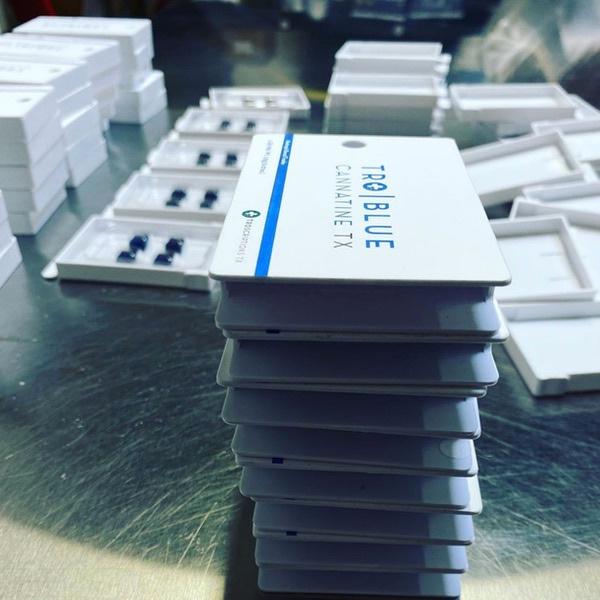
So yes, we admit it! We are the reason that many biohackers and optimal performers across the world are using “fish tank cleaner” to take charge of their own biology + give their mitochondria some love, protect their brain, increase energy production, and all-around be more awesome.
The pharmaceutical grade, pure, and clear Blueniverse awaits you…and once you go Blue, you don’t go back!


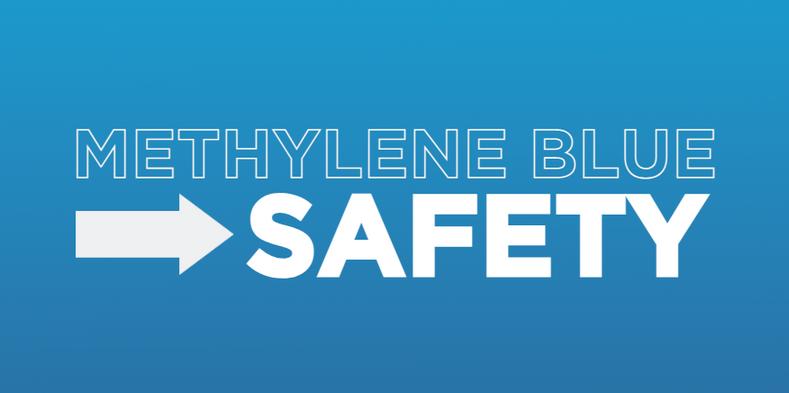
Methylene blue has been used for over a hundred years and at lower doses (<2mg/kg), pharmaceutical-grade methylene blue is an extremely safe compound. However, it can cause toxicity at high doses (>10mg/kg).
Also, combining methylene blue of any dose with SSRIs or other drugs that prevent serotonin reuptake can cause serotonin syndrome, so please do not use methylene blue with these types of medications. Methylene blue is also not safe if you are pregnant, breastfeeding, or nonhuman (sorry, our furry friends).
Let's dive deeper into issues with Methylene Blue at high doses...

At moderate doses (4mg to 10mg/kg in most studies), methylene blue becomes an electron donor and a prooxidant that facilitates the generation of singlet oxygen and peroxide radicals, especially in the presence of certain spectrums of light. This is likely the way MB works in septic shock (via nitric oxide synthase inhibition), in cancer treatment synergy, and as an antiviral, antibacterial, and antifungal drug.
At high doses (>10mg/kg), MB can have harmful oxidative effects so it should be avoided at these levels.
Our concern with higher dose methylene blue dosing is that it may disrupt natural and healthy gastrointestinal biofilms leading to issues with your gut lining and gut microbiota. We’ll get back to what we mean by higher dose in a minute. First, let’s talk about biofilms.

Biofilms are a collective of one or more types of microorganisms that can grow on many different surfaces. They produce a substance known as extracellular polymeric substance (EPS) that gives the surface a filmlike/sticky consistency.
A fully functioning biofilm structure comprises microbial cells and EPS, has a defined architecture, and provides an optimal environment for the exchange of genetic material between cells of the same and different phyla, otherwise known as trans kingdom interactions.
Microorganisms that form biofilms include bacteria, fungi, and protists. In the gut, biofilms naturally grow, both at the epithelial surface and in the lumen as mucin-attached and food particle-attached colonies.

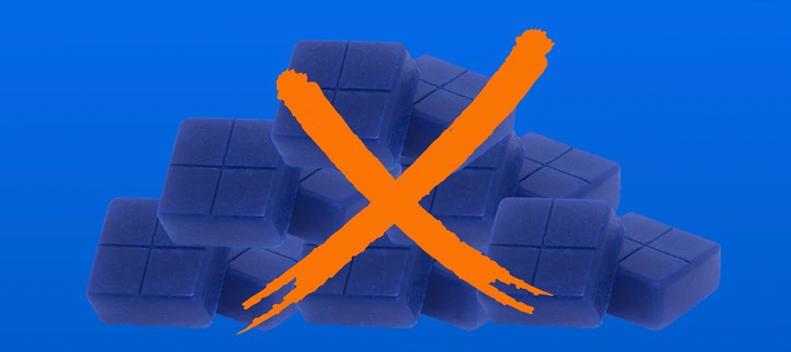
Communities of microbes that form biofilms are usually more resilient to stress and are well known to keep surfaces like your mouth and gut healthy. This includes enhancing immune system function. They also function as a physical barrier to the intestinal lining.
There are, however, times when these biofilms can become pathologic such as in dental plaques or with certain bacterial infections. When this occurs, biofilms can actually protect pathogenic bacteria and can be difficult for the host defense system to identify.
Methylene Blue is especially effective at disrupting biofilms of multiple organisms when combined with other synergistic therapies, such as photodynamic therapy. For example, it is often used at doses of 50mg daily for infections with biofilms like Bartonella.

Methylene Blue--whether IV, oral, or in troche form-isalmost 100% bioavailable, meaning that almost all the MB that you take in gets into your bloodstream. What’s the catch? Let us explain…
How long MB stays in your body depends on its half-life. This is defined as the time it takes for one half the amount of MB that you ingested to leave your body.
The half-life of IV MB is 24 hours and the the half-life oral MB is 4 to 6 hours.
Let’s take the example of 100mg oral MB dose with a 1/2 life of 6 hours.
Imagine you took your dose at 8am in the morning…
1/2 life #1: 50mg left in your body at 2pm (i.e. 6 hours later)
1/2 life #2: 25mg left in your body at 8pm (i.e. another 6 hours later)
1/2 life #3: 12.5 mg left in your body at 2am
1/2 life #4: 6.25mg left in your body at 8am.
This means that if you take 100mg MB at 8am, you'll still have 6.25mg of MB in your body 24 hours later.

As an alternative example: if we assume that the half-life is 4 hours, then there would be 3.125mg of MB left in your body at 8 am the next day.
Either way, if you take 100mg on a daily basis, there will be a high chance for potential toxicity because MB will continue to build up in your system.
And high dose MB (especially >3mg/kg) leads to mitochondrial dysfunction and inflammation, not to mention more issues with GI biofilms and your microbiota.
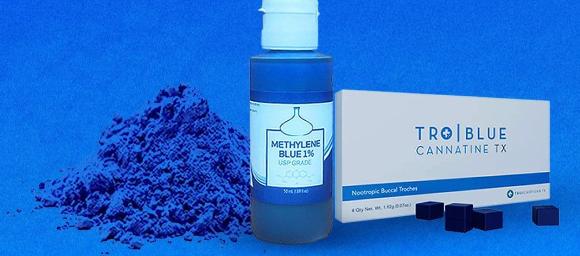


https://troscriptions.com/blogs/main/me thylene-blue-dosing-to-optimize-health
https://troscriptions.com/blogs/main/sor ting-out-the-fishy-headlines-onmethylene-blue https://troscriptions.com/blogs/main/me thyleneblue